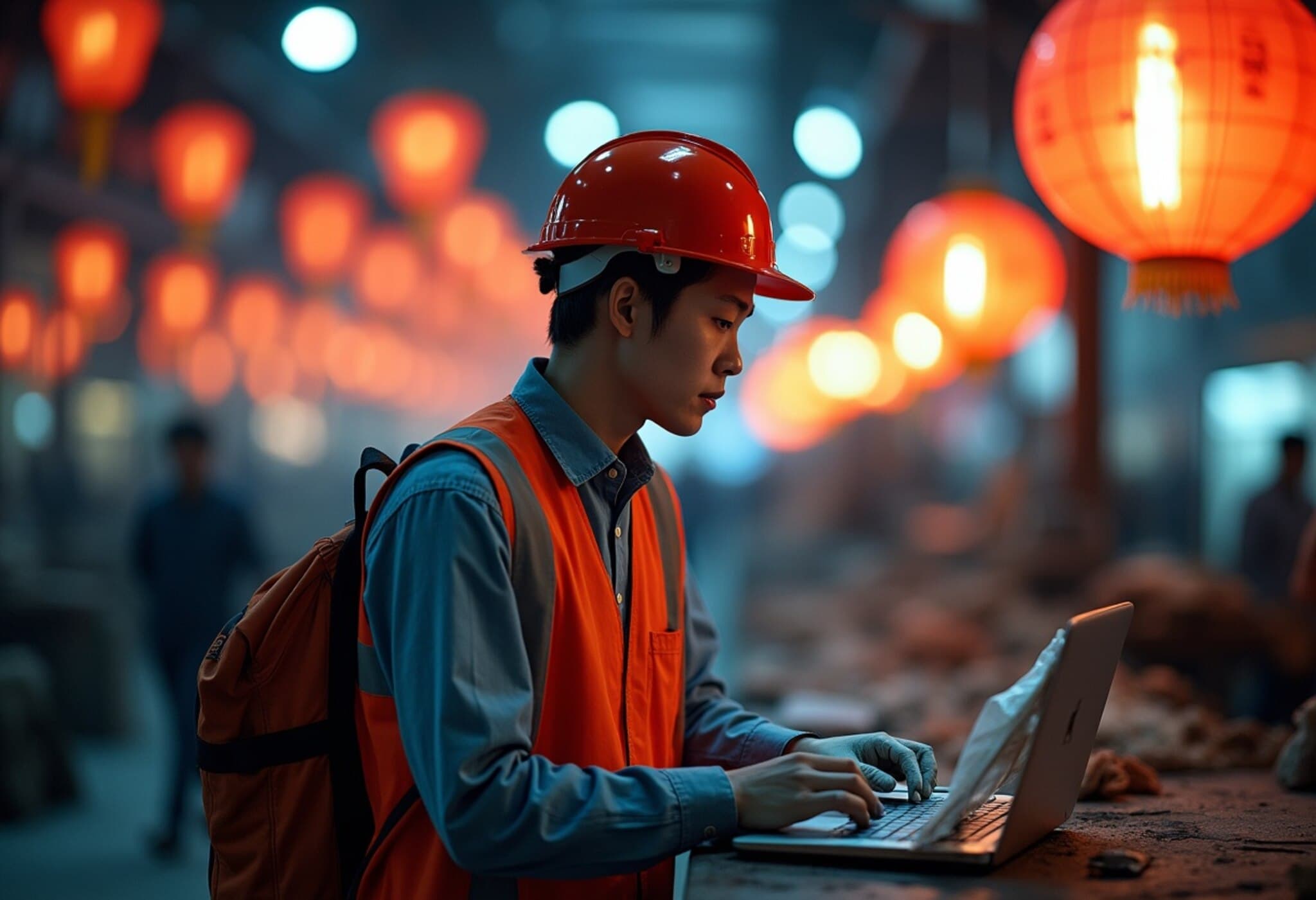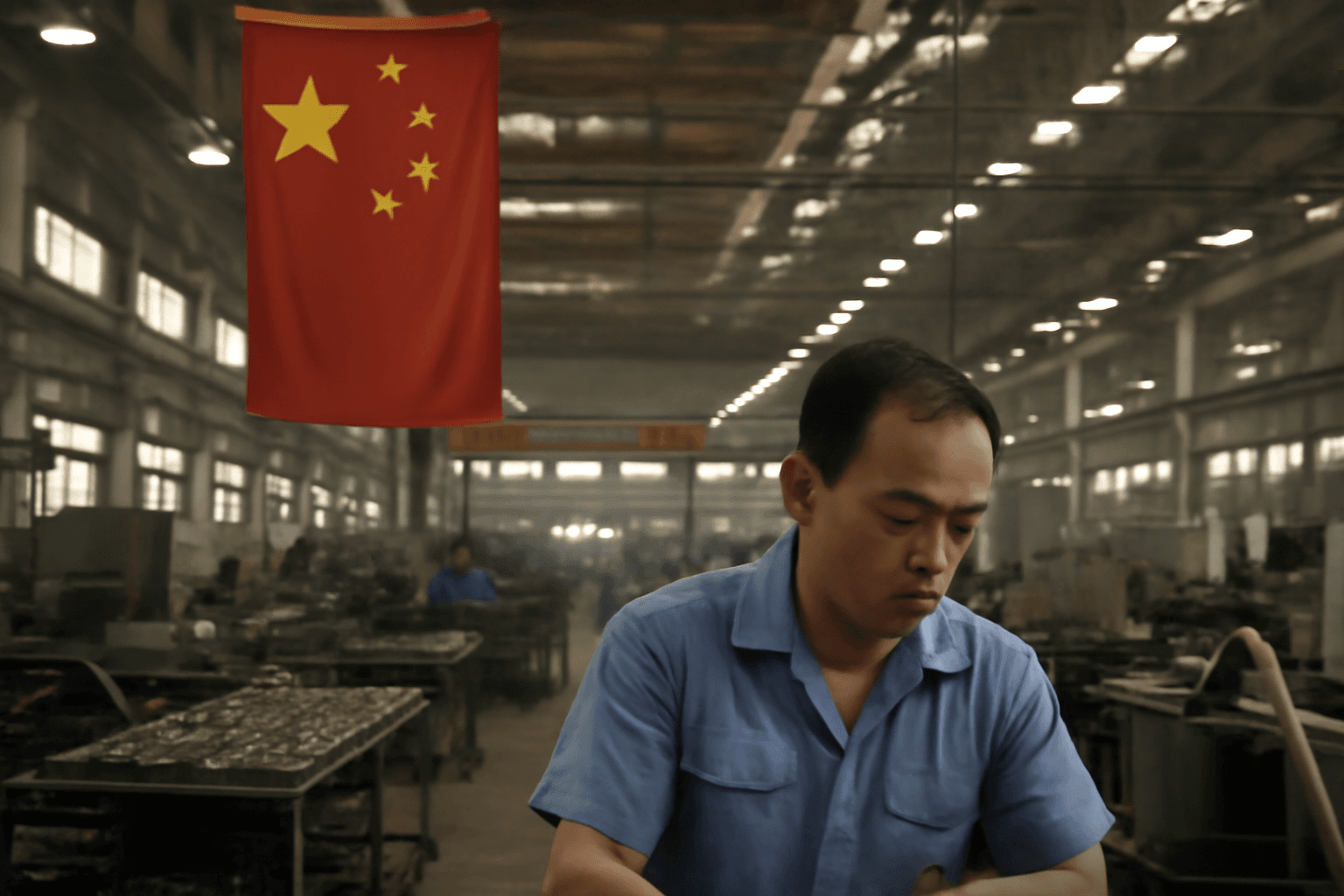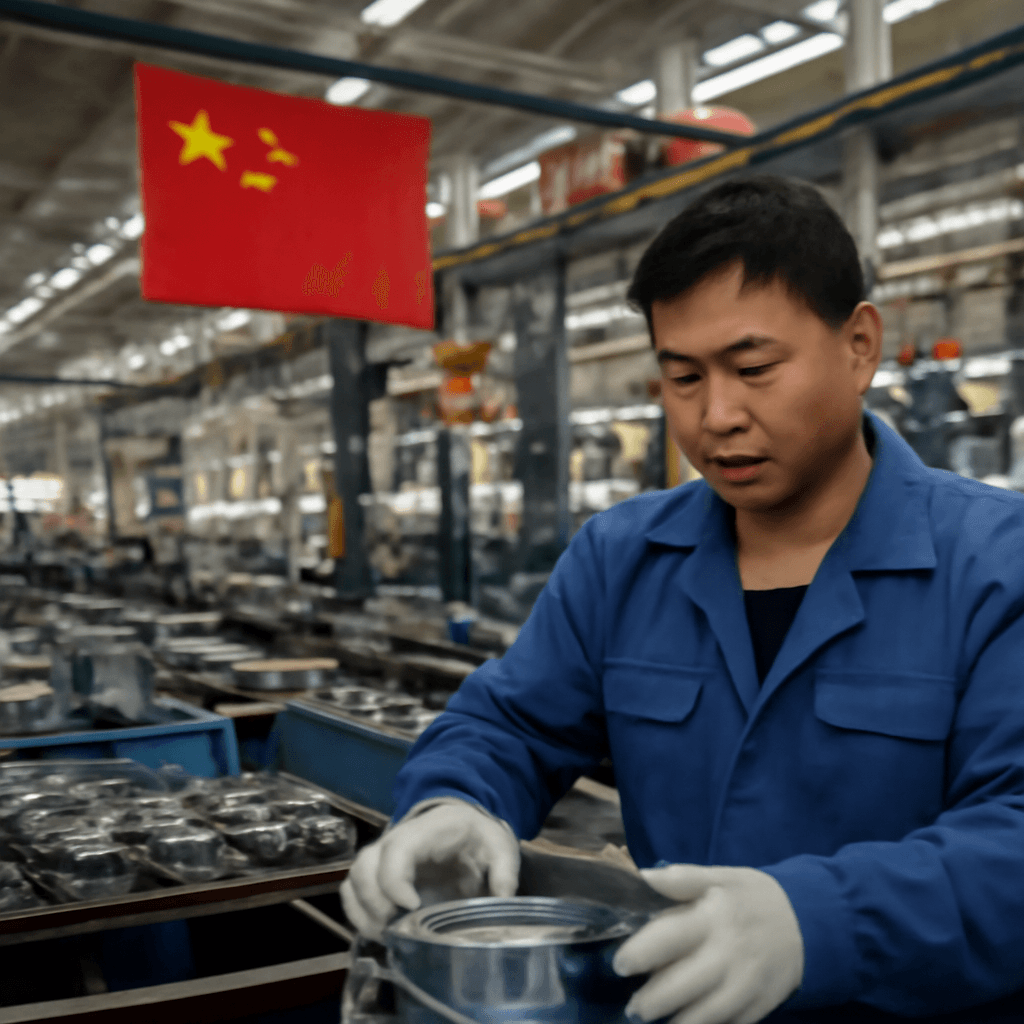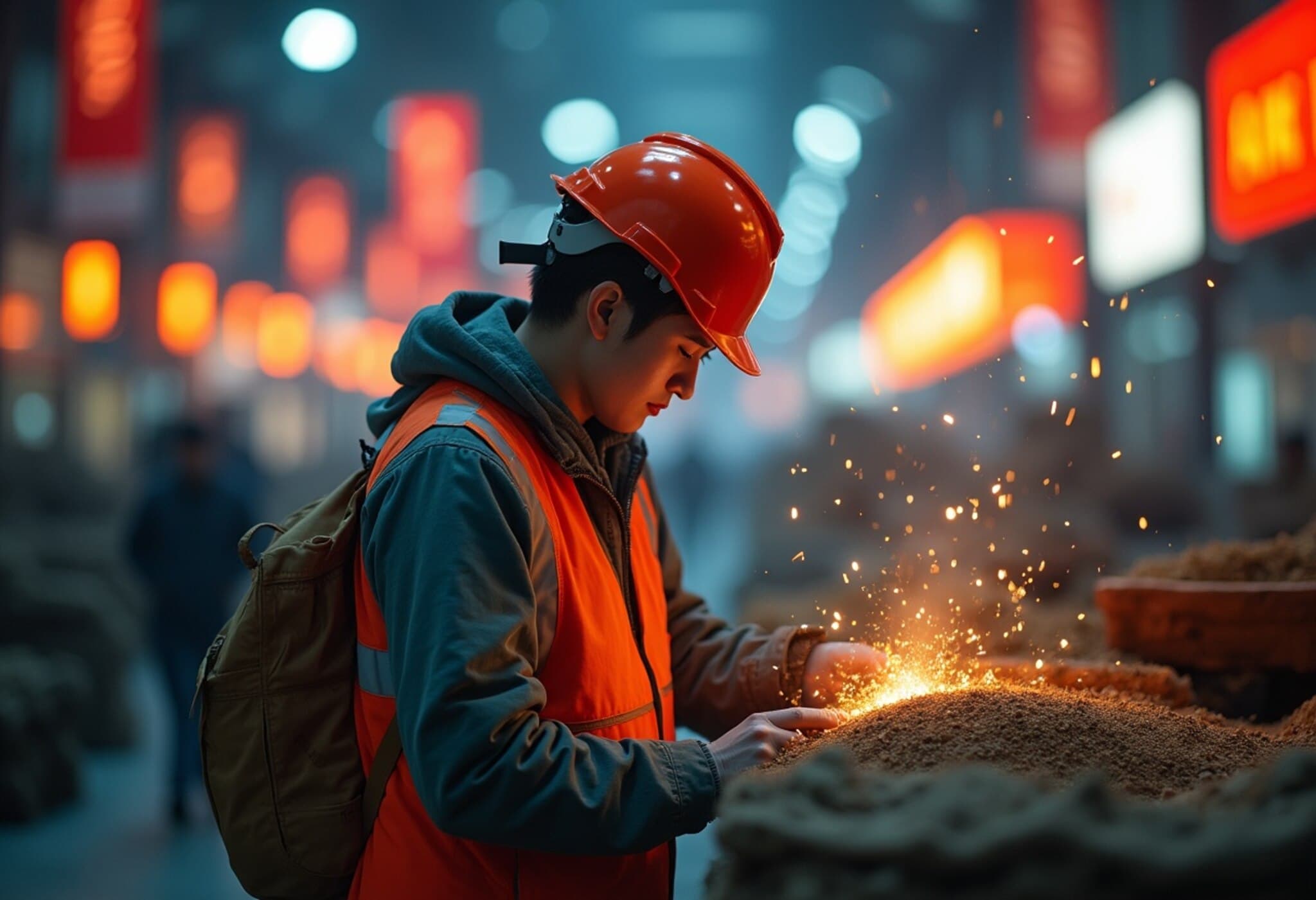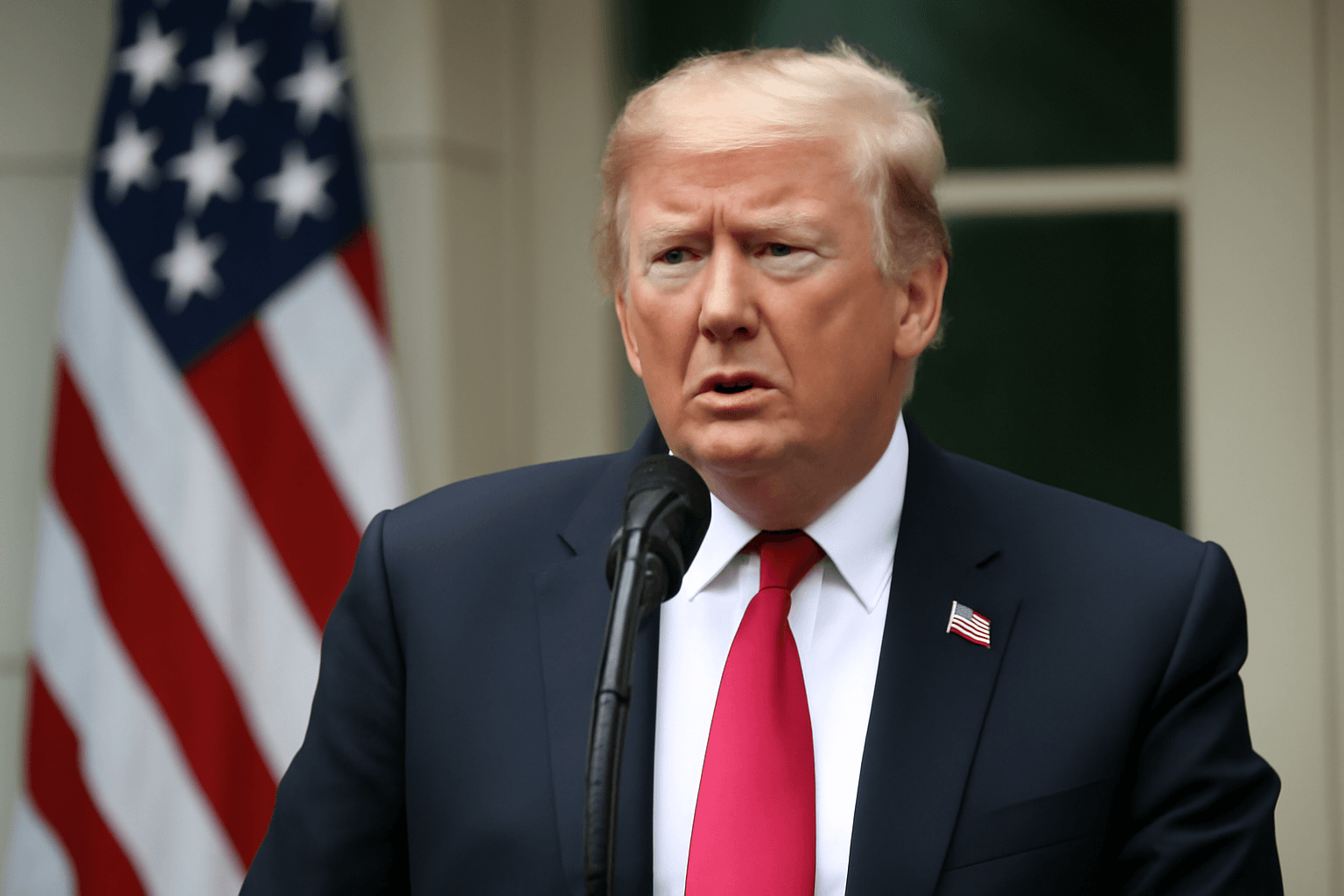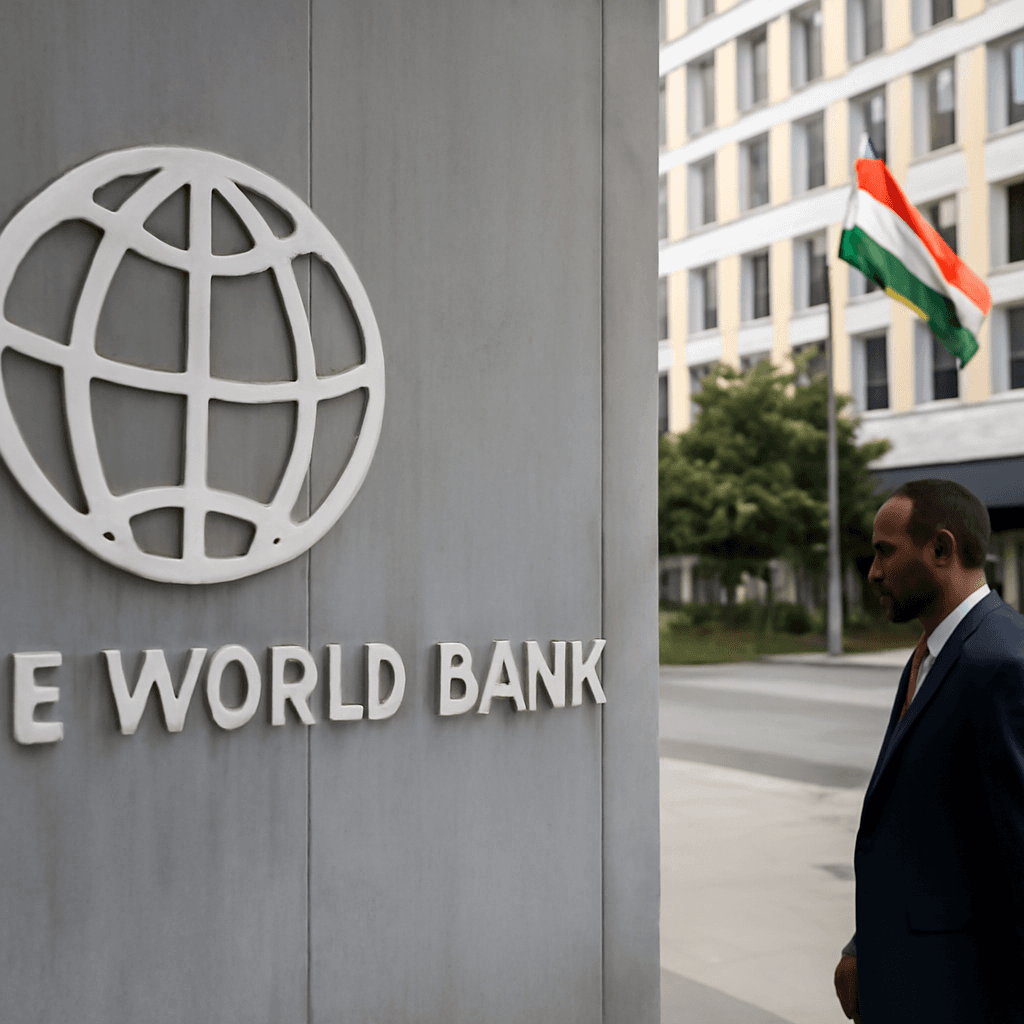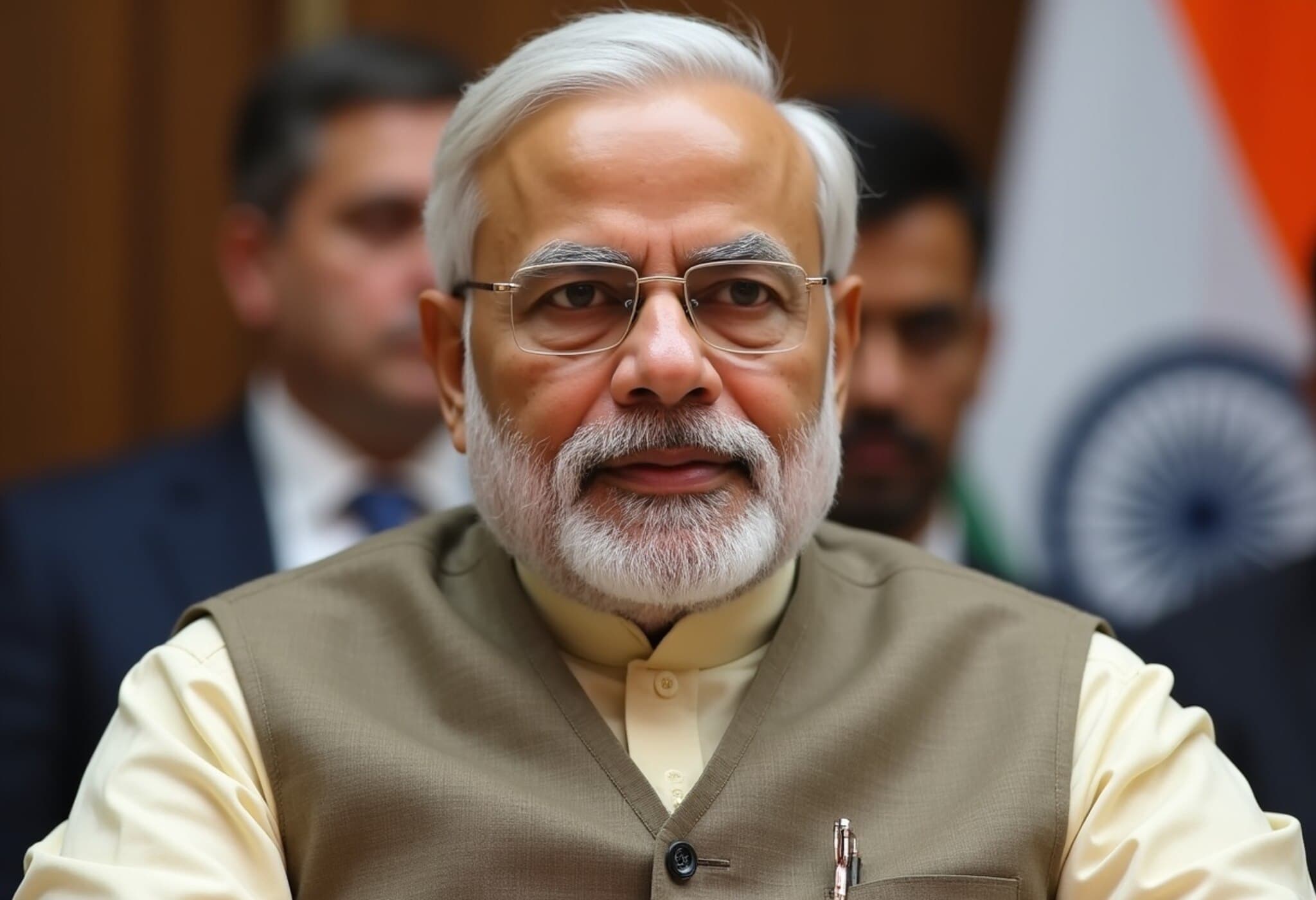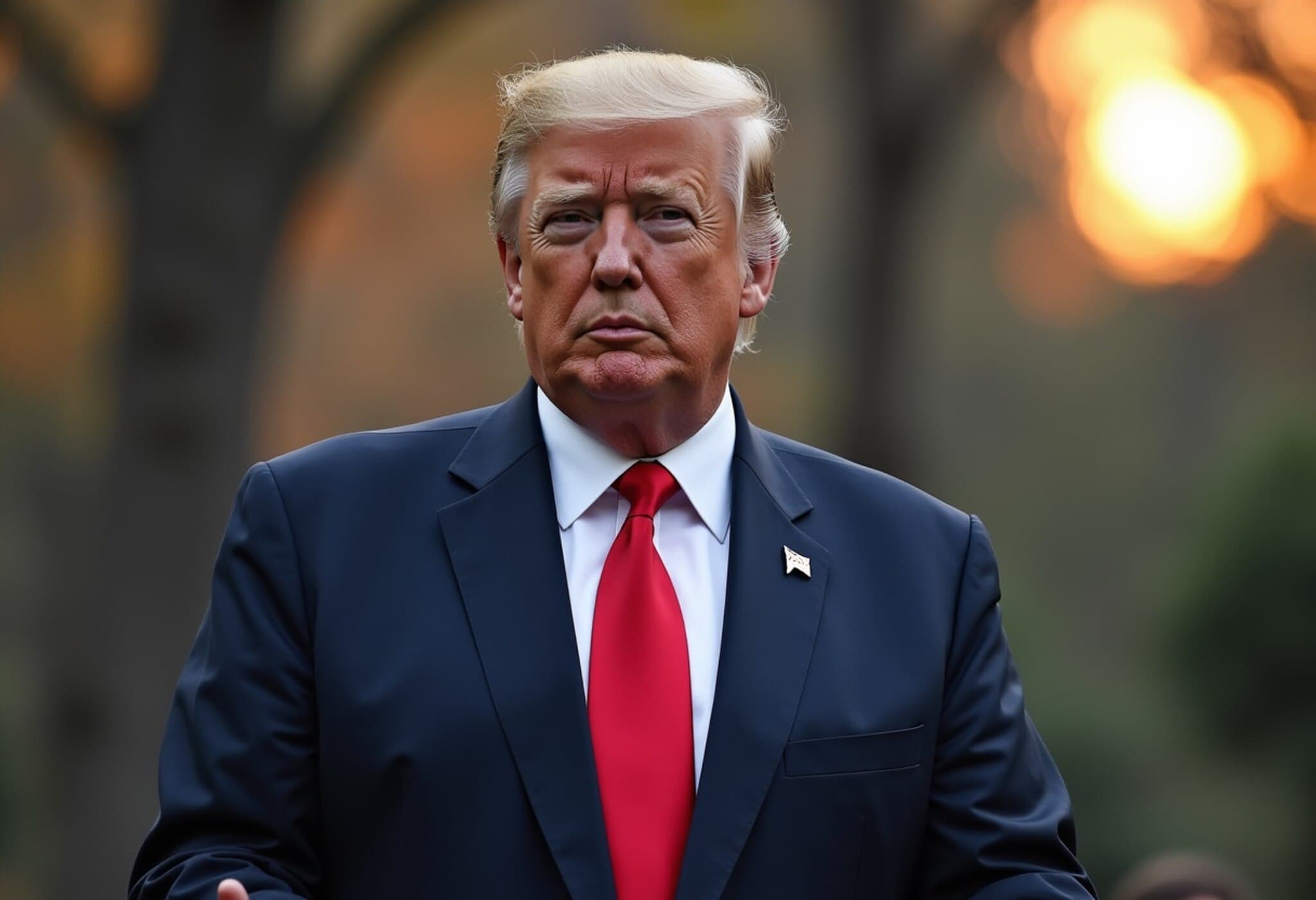China's Manufacturing Sector Faces Contraction as Export Demand Slows
In a development that underscores mounting challenges for the world's second-largest economy, China's factory output contracted in July, fueled primarily by a continued decline in exports and weakening new business growth. The S&P Global China General Manufacturing PMI fell to 49.5, dipping below the crucial 50 threshold that separates expansion from contraction, and undershooting economists’ expectations of 50.4. This signals a contraction in manufacturing activity, following a modest expansion in June.
Understanding the PMI Decline and Its Implications
The Purchasing Managers’ Index (PMI) serves as a timely indicator of manufacturing health. July’s reading of 49.5 indicates that factory activity shrank for the first time in months. This trend aligns with Thursday’s official survey results, painting a less optimistic picture for economic momentum heading into the third quarter.
Export orders, a crucial engine of China’s manufacturing boom in recent years, declined for the fourth consecutive month—with the pace of contraction accelerating compared to June. Experts attribute this slowdown partly to the fading effect of early export front-loading before the imposition of higher U.S. tariffs under ongoing trade tensions. As a result, manufacturers have curtailed output, drawing down existing inventory to fulfill orders rather than ramping up new production.
Factory Adjustments: Workforce and Pricing Strategies
The downturn has led many factory owners to reduce their workforce, citing cost pressures and diminishing order backlogs. This reflects a cautious approach to managing operational costs amid uncertain demand.
Meanwhile, Beijing's recent effort to address aggressive "price wars" among manufacturers has created a mixed pricing environment. For the first time in five months, input costs have risen due to inflationary pressures within supply chains. However, intensified competition forced many firms to lower their selling prices, seeking to attract new business despite squeezed margins. Interestingly, export-related charges increased at their fastest rate in a year, reflecting rising logistics and shipping expenses amid global supply chain volatility.
Policy Response and Outlook
China’s top leadership recently reaffirmed their commitment to stabilizing the economy amid mounting headwinds. Plans are underway to regulate disorderly competition and potentially initiate new factory capacity cuts as part of a strategic campaign to combat deflationary pressures—a move that could reshape the manufacturing landscape but may risk short-term disruption.
Despite current challenges, business sentiment has shown some improvement, signaling cautious optimism for the second half of 2025. Manufacturers anticipate that government stimulus measures and promotional campaigns may help reinvigorate sales and domestic demand.
Broader Context: What This Means for Global Supply Chains
China’s manufacturing sector slowdown has ripple effects beyond its borders. Global industries reliant on Chinese-made components face supply uncertainties and potential cost pressures. For American businesses and policymakers, this development underscores the need to diversify supply chains and reassess trade dependencies amid geopolitical and economic risks.
Moreover, as China moves toward reducing overcapacity and managing internal competition, the balance between boosting economic growth and stabilizing prices will remain delicate. The sector’s path forward will significantly influence global economic recovery prospects in the face of complex post-pandemic challenges.
Editor’s Note
China’s contracting factory output, amid weakening export demand and evolving policy responses, signals a critical inflection point in its economic trajectory. For observers and decision-makers, the key questions revolve around how quickly Beijing can navigate the twin pressures of sustaining growth while addressing structural issues like overcapacity and price deflation. Furthermore, the global community faces an urgent imperative to adapt to shifting supply chain dynamics as China’s industrial engine recalibrates. Readers should watch for upcoming data releases and policy announcements to gauge whether this contraction marks a temporary setback or a longer-term trend in China’s manufacturing sector.

